A timeless and distinguished drink, it’s no wonder that whisky remains popular, conjuring up images of debonair drinkers, fireside evenings, rustic oak barrels and the rugged Highland countryside. But how much do you actually know about whisky? Understanding whisky and how it’s made is essential to developing your appreciation for it.

Understanding Whisky
A guide to understanding the different types whisky - from blended to Single Malt
Whisky 101
The simplest definition of whisky is a ‘spirit made by distilling fermented cereals’. You may think this sounds similar to how vodka or gin is made and you wouldn’t be far off, but there is a big difference. Whisky is always aged in oak barrels after the distilling process. It is this that gives it that warm and smoky flavour for which it’s renowned.
Whisky brands almost always distinguish their whisky by labeling it with the country of origin; ‘Scotch’ actually just refers to Scottish whisky. Another way whisky differentiates itself is by the cereals used. ‘Rye’ is a common North American whisky and must be made from a mash that’s at least 51% rye, while bourbon must be made from a mash that’s mostly corn. Some countries even have laws that dictate how long the whisky must be aged for and what type of oak the barrels must be made from.
What’s a ‘single malt’ whisky?
‘Malt’ refers to a germinated grain that has been dried – this is known as ‘malting’. Malting grains allows the starches to become sugars and develop the enzymes in a way that can be used by yeast in the fermentation phase. A ‘single malt whisky’ can only use malted grain, the ‘single’ part referring to the whisky being made in only one distillery. Generally, distilleries will blend their whiskies with others, keeping some aside for the production of their single malt editions. You can also find ‘single grain whisky’, still made in a single distillery but not from malted grains.
Blended whisky
Blended whiskies tend to offer a more consistent taste as a distiller is able to use his skills to balance out a single whisky with neutral spirits – Johnnie Walker and Jameson are popular blended choices. If you’re drinking whisky with a mixer, try a blended whisky, as the complex flavour of a single whisky will be lost in the mixer.
A quick guide to whisky producing regions
Scottish whisky is divided into five main regions: the Lowlands which produces mild, delicate whiskies; the Highland, the largest of regions renowned for big-bodied whiskies; Islay, known for smokier varieties; Speyside, nestled within the Highlands and including distilleries such as Glenfiddich and The Macallan; and Campbeltown, the smallest region producing distinctive, full bodied whiskies. Some say it was Ireland who introduced whisky to Scotland and Irish whiskey brand, Bushmills, is indeed often considered to be the oldest licensed distillery in the world. In America, Tennesse and Kentucky are best known for whisky and bourbon respectively.
You might also like
Easy and Delicious Kale RecipesThere are lots of ways to enjoy this popular superfood. Here I'll share a few...
Alternatives to Wheat Pasta / Wheat-Free NoodlesDo you love pasta but want to cut down on wheat? If so, you may want to try s...
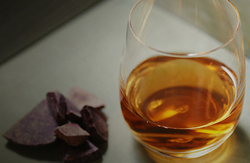

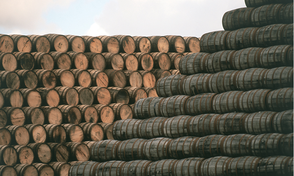
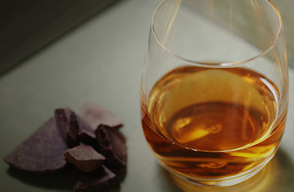

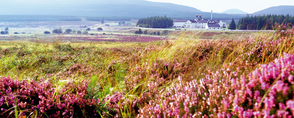
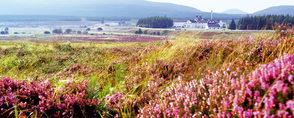
 Understanding Vodkaon 06/17/2013
Understanding Vodkaon 06/17/2013
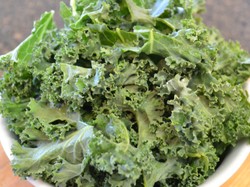
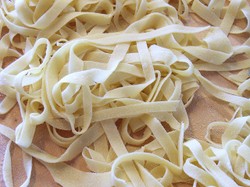
Comments
You're right, WordChazer. Thanks for noticing!
Interesting and informative guide for beginners on that subject.
I always thought that 'whisky' without an e referred to Scotch and Japanese brands (because the Japanese use the same manufacturing and aging requirements as Scotch distilleries) and 'whiskey' with an e was used for Irish and American brands?